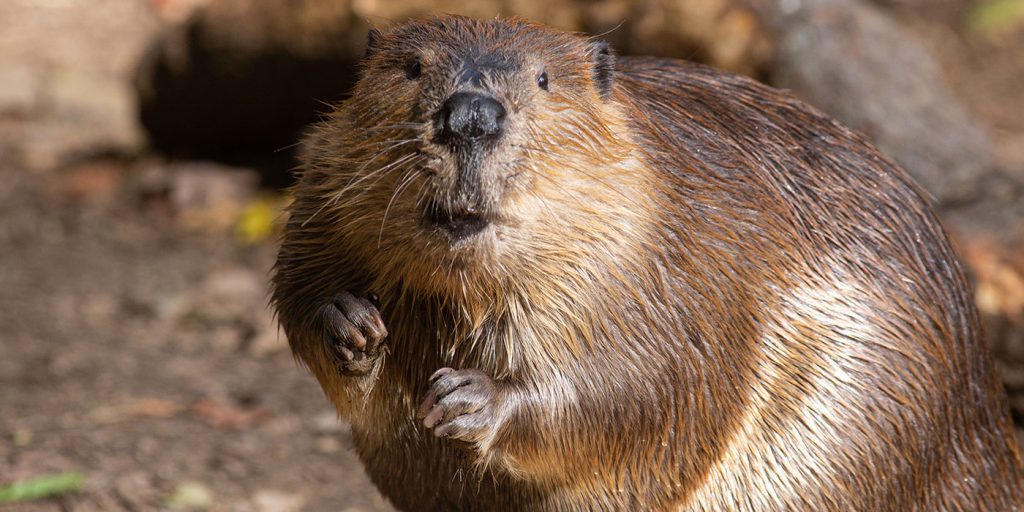Beavers are a common family rodent that is known for their impressive engineering skills. They belong to the family Castoridae and are found throughout North America, Europe, and Asia. They are the largest rodent in North America, and the second-largest in the world, after the capybara.

Physical Characteristics
Beavers are large rodents that can grow up to 4 feet in length, including their large, paddle-shaped tail. They weigh between 30-80 pounds, with males being larger than females. They have thick, brown fur that is waterproof, which helps them to stay warm and dry in the water. Beavers have distinctive, orange-colored teeth that never stop growing. They use their teeth to cut down trees and to build dams and lodges. They also have webbed feet that are perfect for swimming and diving.
Behavior
Beavers are social animals that live in family groups called colonies. A typical colony consists of a monogamous pair (a male and female) and their offspring, which stay with the family for up to two years. The family works together to build and maintain their dam and lodge, which provides them with a safe and secure home. Beavers are primarily active at night, spending most of their day sleeping in their lodges or dens. They are known for their impressive engineering skills, building dams and lodges that can be several feet high and several hundred feet long. The dams help to create ponds and wetlands, which provide habitat for a variety of other animals.

Diet
Beavers are herbivores, which means they eat only plant material. They are known for their love of bark, and will cut down trees to get to the inner bark. They also eat leaves, twigs, and aquatic vegetation like water lilies and cattails. Beavers are able to store food for the winter by building underwater food caches. They cut down and store large branches and logs near their lodges, which they can access throughout the winter.
Health
Beavers are generally healthy animals, but they can be prone to certain health problems if not cared for properly. Some common health issues include dental problems, parasitic infections, and injuries from predators like coyotes or wolves. Beavers are also known to carry diseases that can be transmitted to humans, such as giardia and leptospirosis. It is important to take precautions when handling or being near beavers or their habitat.
Habitat
Beavers are found throughout North America, Europe, and Asia, and can live in a variety of habitats. They prefer to live near slow-moving streams and rivers, where they can build their dams and lodges. They also need access to trees and other vegetation for food and building materials.
Conservation
Beavers play an important role in their ecosystem, creating wetlands and providing habitat for a variety of other animals. However, they were once hunted to near extinction for their fur and for their perceived impact on human activities like logging and agriculture. Today, beavers are protected in most areas and are considered a valuable part of the ecosystem.

Conclusion
Beavers are fascinating animals that are known for their impressive engineering skills and their role in creating wetlands and providing habitat for other animals. They are social animals that live in family groups and work together to build and maintain their home. Providing them with protected habitats and understanding their important role in the ecosystem is essential for their conservation.